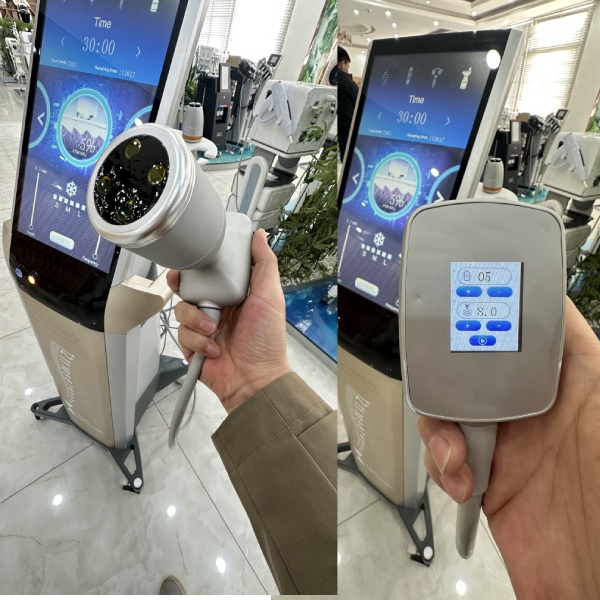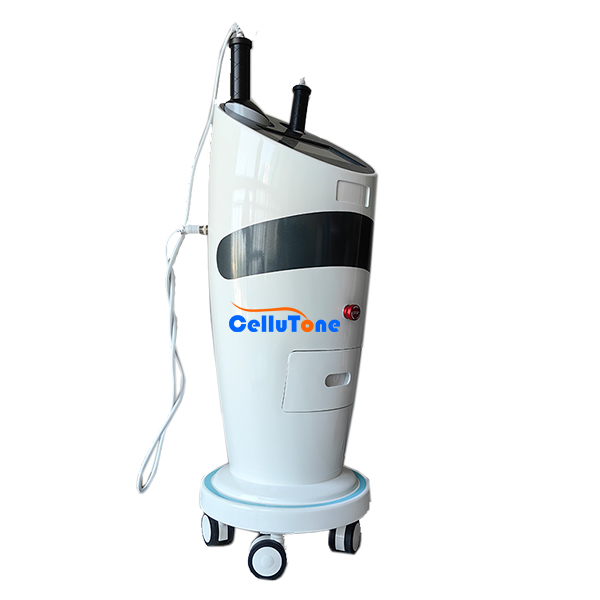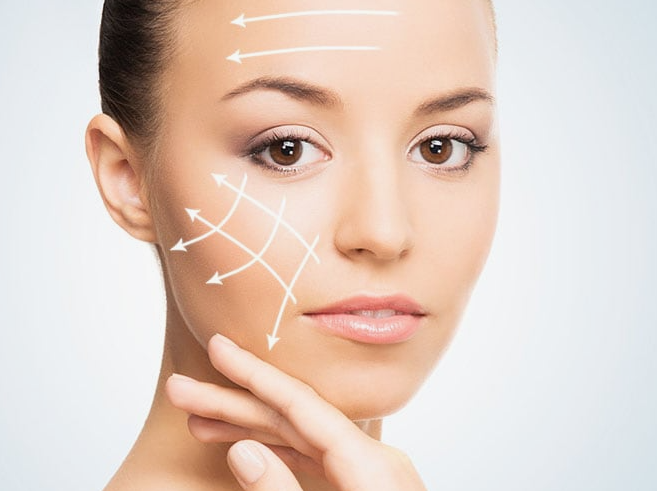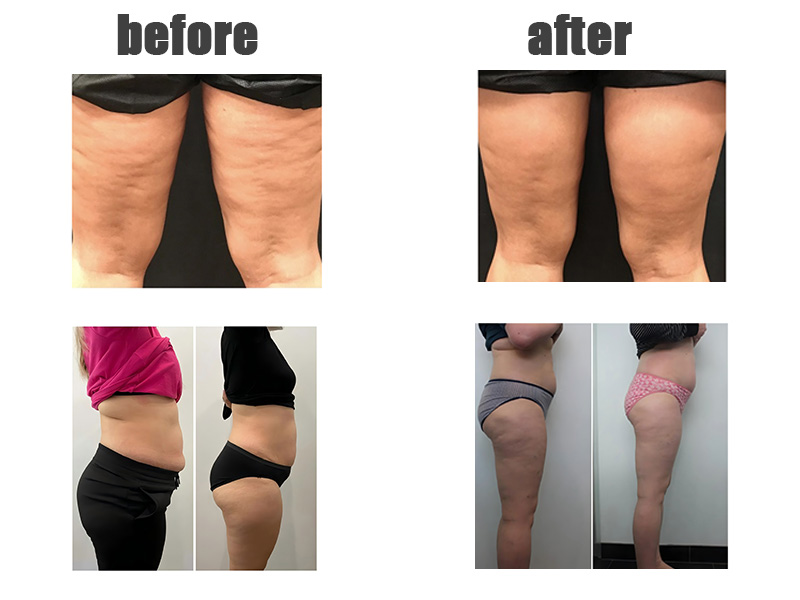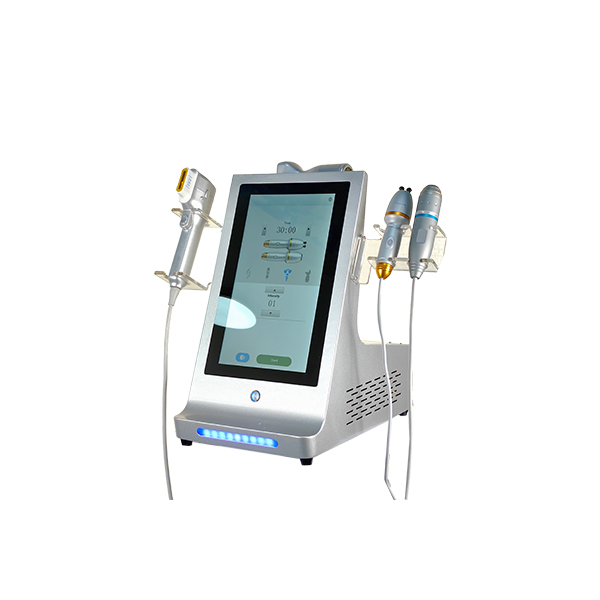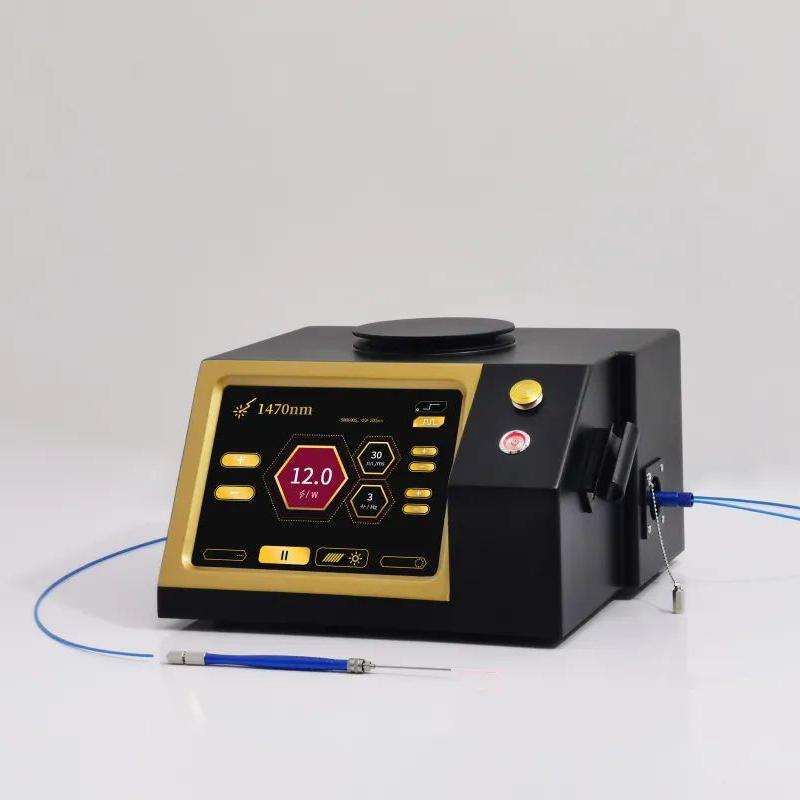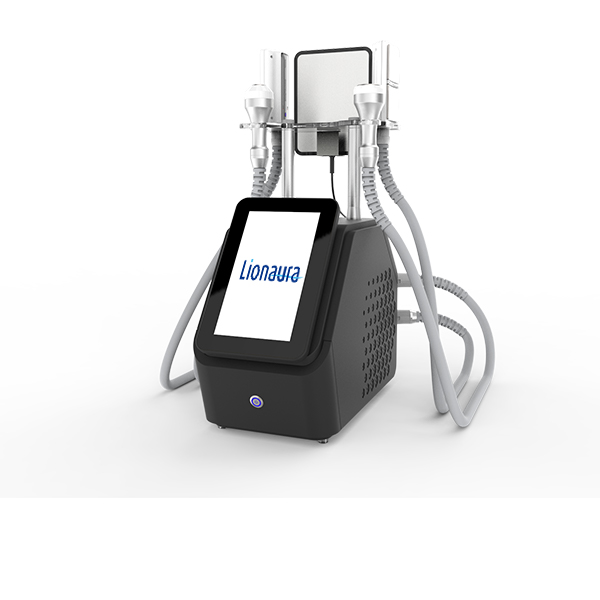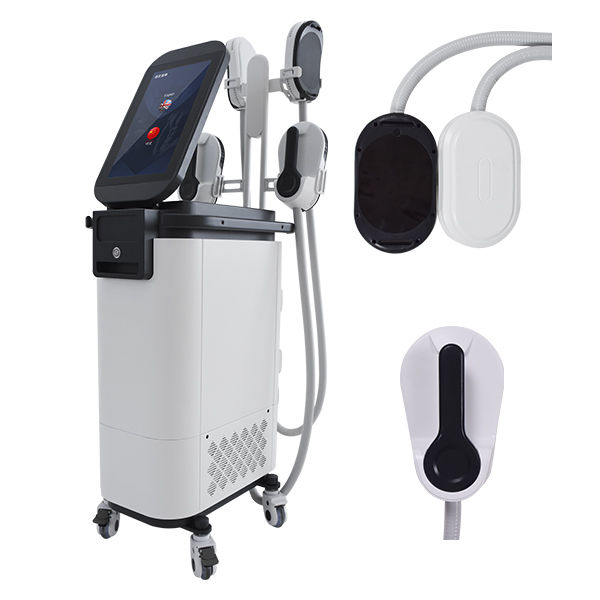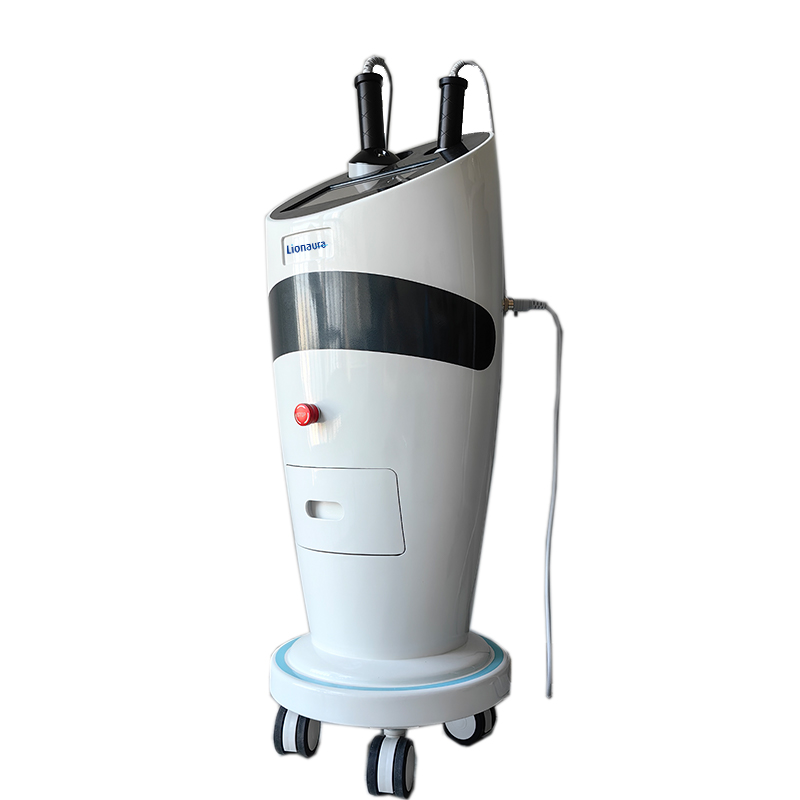As consumer demand for body management continues to grow, non-invasive body contouring technologies have become increasingly popular in beauty salons. However, with a wide variety of slimming machines on the market—each with different principles, results, and suitable client profiles—how can salons select the most appropriate equipment tailored to their positioning and customer needs? This article analyzes the options from four perspectives: machine types, key features, treatment differences, and selection criteria.
1. Overview of Body Slimming and Shaping Devices
Non-invasive slimming technologies work through physical energy—such as electromagnetic waves, radiofrequency, ultrasound, or thermal-cooling cycles—on fat or muscle tissue to achieve fat reduction, skin tightening, or body contouring. Compared to surgical methods, their advantages include being non-invasive, having short recovery time, and lower risk. However, it’s important to match the equipment to the client’s physique and treatment goals. Currently, the six main categories of body slimming machines are:
-
Magnetic Slimming EMSculpt (HIFEM + RF)
-
Roller Endospheres (mechanical vibration)
-
Ultrasound RF Cavitation Slimming Devices (Ultrasound + RF)
-
Cryolipolysis Machine (fat freezing)
-
Thermal & Cryo Therapy Machine (Croyskin)
-
TruSculpt ID (Monopolar RF)
2. Key Features of Each Slimming Machine
1. Magnetic Slimming – EMSculpt
-
Principle: Combines HIFEM (High-Intensity Focused Electromagnetic) pulses for deep muscle contractions and RF heating for fat breakdown.
-
Effect: Increases muscle mass by 16–25%, reduces fat by 30% (clinical data); ideal for those seeking both toning and fat loss.
-
Treatment: 4 sessions × 30 minutes, spaced 5–10 days apart.
-
Contraindications: Not suitable for those with heart disease, pregnancy, or metal implants.
2. Roller – Endospheres
-
Principle: 55 rotating spheres create low-frequency vibrations to stimulate microcirculation and lymphatic drainage.
-
Effect: Improves cellulite and fluid retention; ideal for those with poor circulation or skin laxity.
-
Treatment: Once a week, 30–60 minutes per session.
-
Contraindications: Not suitable for cancer patients, skin infections, or those on anticoagulants.
3. Cavitation Slimming (Ultrasound + RF)
-
Principle: Ultrasound waves create microbubbles that rupture fat cells, enhanced by RF.
-
Effect: Breaks down localized fat (e.g., abdomen, thighs).
-
Treatment: 6–12 sessions, 30–60 minutes each.
-
Contraindications: Not suitable during pregnancy, for those with bleeding disorders, or with skin folds under 2 cm.
4. Cryolipolysis Machine
-
Principle: Applies temperatures from -12°C to 5°C to induce fat cell apoptosis.
-
Effect: Visible results in 2–4 months; effective for stubborn fat (e.g., double chin, love handles).
-
Treatment: One session, 60 minutes; follow-up in 4–8 weeks.
-
Contraindications: Avoid for obese clients, skin damage, or cold sensitivity.
5. Croyskin Machine (Thermal-Cryo Therapy)
-
Principle: Alternating hot and cold temperatures stimulate fat breakdown and collagen regeneration.
-
Effect: Tightens skin, reduces wrinkles; ideal for postpartum abdominal laxity.
-
Treatment: 28–44 minutes per session, every two weeks.
-
Contraindications: Not suitable for pregnant women or autoimmune skin disease patients.
6. TruSculpt ID (Monopolar RF)
-
Principle: Monopolar RF deeply heats fat layers to 42–45°C, triggering fat cell apoptosis.
-
Effect: Visible within 1–3 months; ideal for clients with normal BMI but stubborn fat pockets.
-
Treatment: 2–3 sessions × 15 minutes per area, spaced 4–6 weeks apart.
-
Contraindications: Not suitable for pregnant women or those with pacemakers.
3. Comparison of Treatment Differences
1. Treatment Depth
-
Muscle Layer: EMSculpt (muscle building), Endospheres (muscle relaxation)
-
Fat Layer: Cryolipolysis, Cavitation, TruSculpt ID (fat reduction)
-
Skin Layer: Croyskin (collagen regeneration), Endospheres (cellulite improvement)
2. Result Timeline
-
Fast: EMSculpt (4 weeks), TruSculpt ID (1–3 months)
-
Medium to Long-Term: Cavitation (6–12 weeks), Cryolipolysis (4–8 weeks)
3. Ideal Clients
-
For Body Toning: EMSculpt (muscle), Croyskin (tightening)
-
For Fat Reduction: Cryolipolysis, Cavitation
-
For Full-Body Rejuvenation: Endospheres (circulation + skin), TruSculpt ID (fat reduction + firming)
4. How to Choose the Most Suitable Machine
1. Identify Client Needs
-
For muscle toning: prioritize EMSculpt
-
For fat loss: consider Cryolipolysis or Cavitation
-
For skin laxity/postpartum recovery: choose Croyskin or TruSculpt ID
-
For cellulite and lymphatic drainage: Endospheres is ideal
2. Evaluate Client Conditions
-
Carefully screen for contraindications:
Pregnant women should not use any of these devices;
Heart disease patients should avoid EMSculpt;
Clients sensitive to cold should avoid Cryolipolysis.
3. Balance Cost and Course Duration
-
For salons with limited budgets, choose multi-functional devices (e.g., TruSculpt ID offers fat reduction and skin tightening).
-
High-end clients may prefer quick-result treatments like EMSculpt (only 4 sessions);
General customers may accept longer treatment cycles like Cavitation.
4. Consider Ease of Operation and Maintenance
-
Endospheres is easy to operate and suitable for new staff.
-
EMSculpt and TruSculpt ID require professional training.
-
Thermal/Cryo machines (like Croyskin) require regular maintenance for temperature systems.
5. Market Positioning and Differentiation
-
For premium body sculpting services: invest in EMSculpt or TruSculpt ID.
-
For skin-focused recovery: choose Croyskin or Endospheres.
Choosing the right slimming machine requires careful consideration of customer needs, treatment effectiveness, safety, and operational costs. Salons are advised to invest in one or two core machines, aligning with their brand positioning and offering customized solutions to enhance competitiveness. Meanwhile, keeping up with clinical research and new technology trends is essential to stand out in the competitive market.


